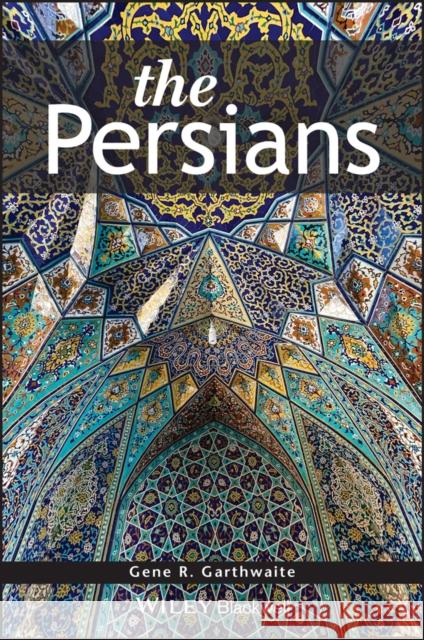The Persians » książka
topmenu
The Persians
ISBN-13: 9781405156806 / Angielski / Miękka / 2006 / 336 str.
The Persians
ISBN-13: 9781405156806 / Angielski / Miękka / 2006 / 336 str.
cena 198,36
(netto: 188,91 VAT: 5%)
Najniższa cena z 30 dni: 197,95
(netto: 188,91 VAT: 5%)
Najniższa cena z 30 dni: 197,95
Termin realizacji zamówienia:
ok. 30 dni roboczych
Bez gwarancji dostawy przed świętami
ok. 30 dni roboczych
Bez gwarancji dostawy przed świętami
Darmowa dostawa!
The Persians is a succinct narrative of Iranian history from the time of Cyrus the Great in 560BC to the present day.
- A succinct narrative of Iranian history from the time of Cyrus the Great in 560BC to the present day.
- Traces events from the rise of the Persian empire, through competition with Rome and conquest by the Arabs, through to the re-establishment of a Persian state in the sixteenth century, and finally the Islamic Revoltuion on 1979 and the establishment of the current Islamic Republic.
- Uses the most recent scholarship to examine Iran's political, social and cultural history.
- Focuses on rulership as a central theme in Iranian identity.
- Also shows how land, language and literature relate to Iranian identity.











